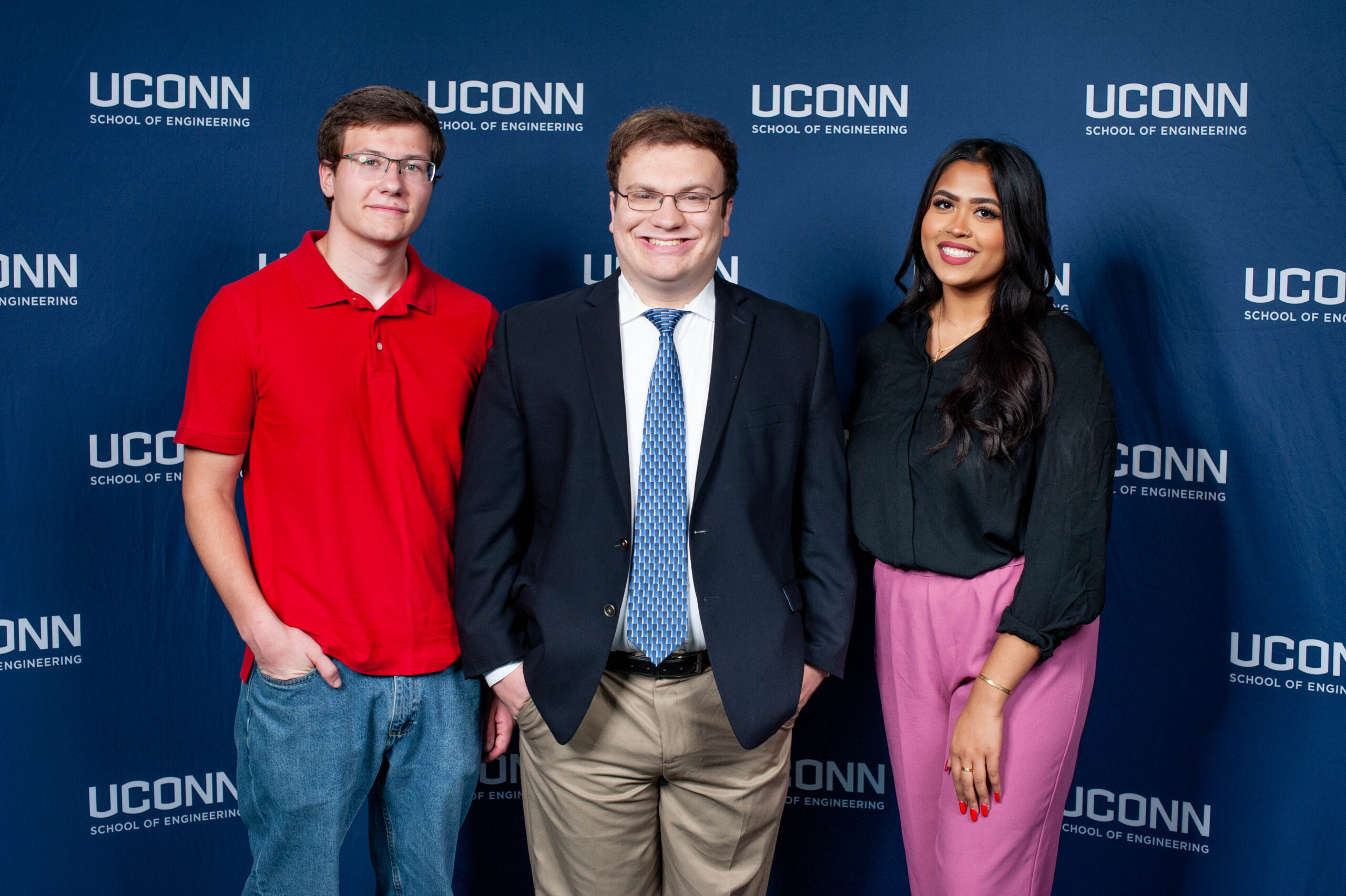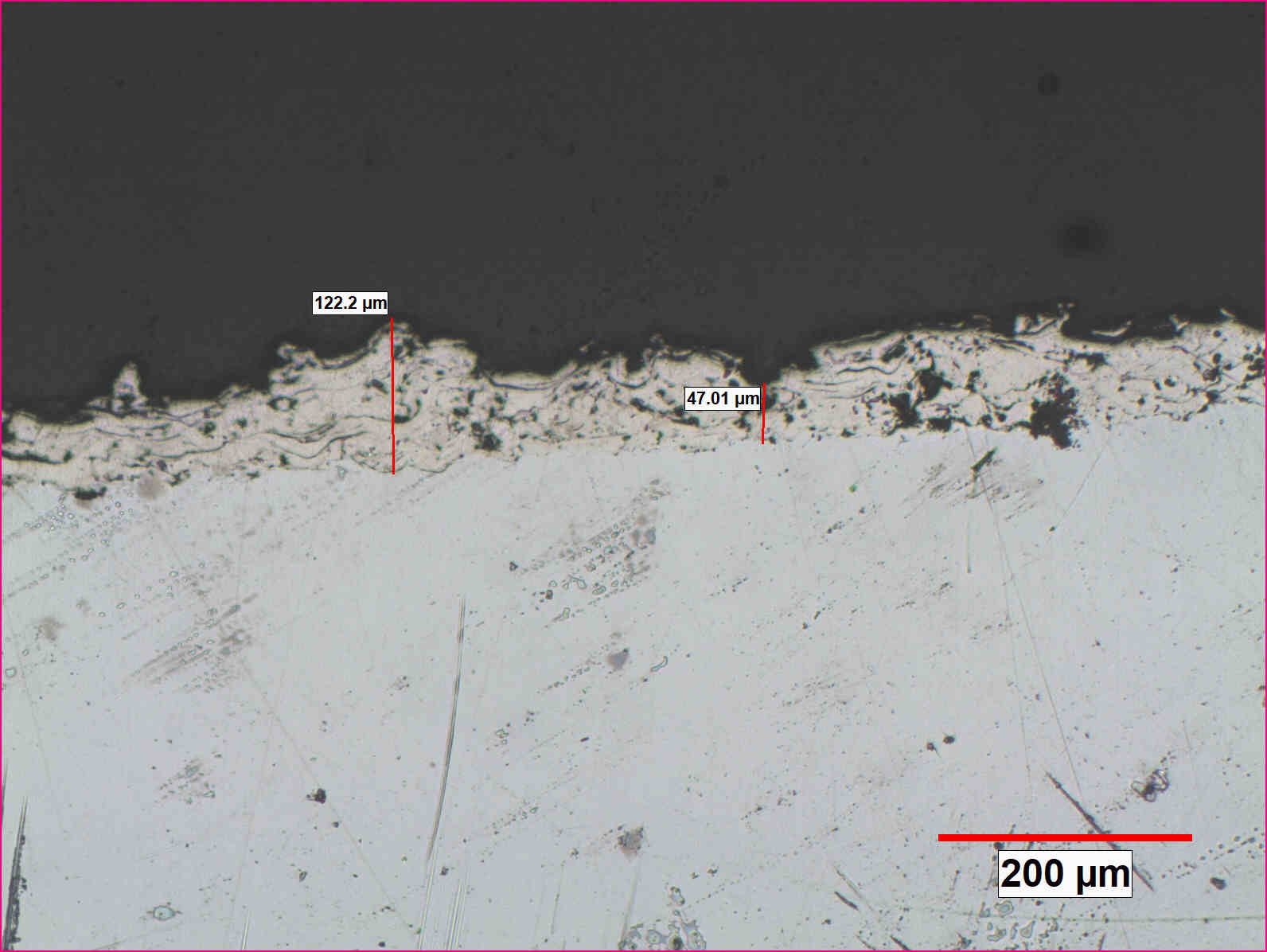

This video contains proprietary information and cannot be shared publicly at this time.
Figure 1

Figure 2

Team 6
Team Members |
Faculty Advisor |
Noah Ossolinski |
Bryan Huey Sponsor Barnes Aerospace |
sponsored by

Development of Real Time Sensor Measurement of Plasma Spray Coating Process Thickness
Barnes Aerospace, the industry sponsor for this project, provides aftermarket repair and original equipment manufacturer services for several aerospace companies. The East Granby branch of Barnes Aerospace specializes in providing repair for engine turbines through several means including plasma spray coating, a type of thermal spray coating that uses plasma formed from ionized gas to melt metal alloy powder and propel it onto a damaged substrate. Our project was to design a measurement method for determining the thickness of adhered melted powder particles in real time while withstanding the high temperature and pressure within the booth where plasma spray coating is done. Current methods of measurement are done after the coating, meaning that the operator does not know if they have applied too much or too little coating until after the process is completed. This led to slower turnaround times of parts and stripping off the full coating if it is too thick. Working alongside a group from the Department of Mechanical Engineering, our primary objective is to both better understand the metallography of the plasma spray coating and implement an appropriate sensor to accurately measure the coating thickness up to a thousandth of an inch from an exterior terminal while building a protective case to prevent damage to the sensor by heat, pressure or flying metal particulate. By using a confocal displacement sensor which uses white light beams to measure thickness and display it on a separate terminal, we are able to achieve the accuracy of plasma spray coating from 5 to 25 thousandths of an inch thick to an average 5 thousandths of an inch error compared to measurements taken with an optical microscope or scanning electron microscope.
Our team collaborated with Mechanical Engineering 9 on this project.
